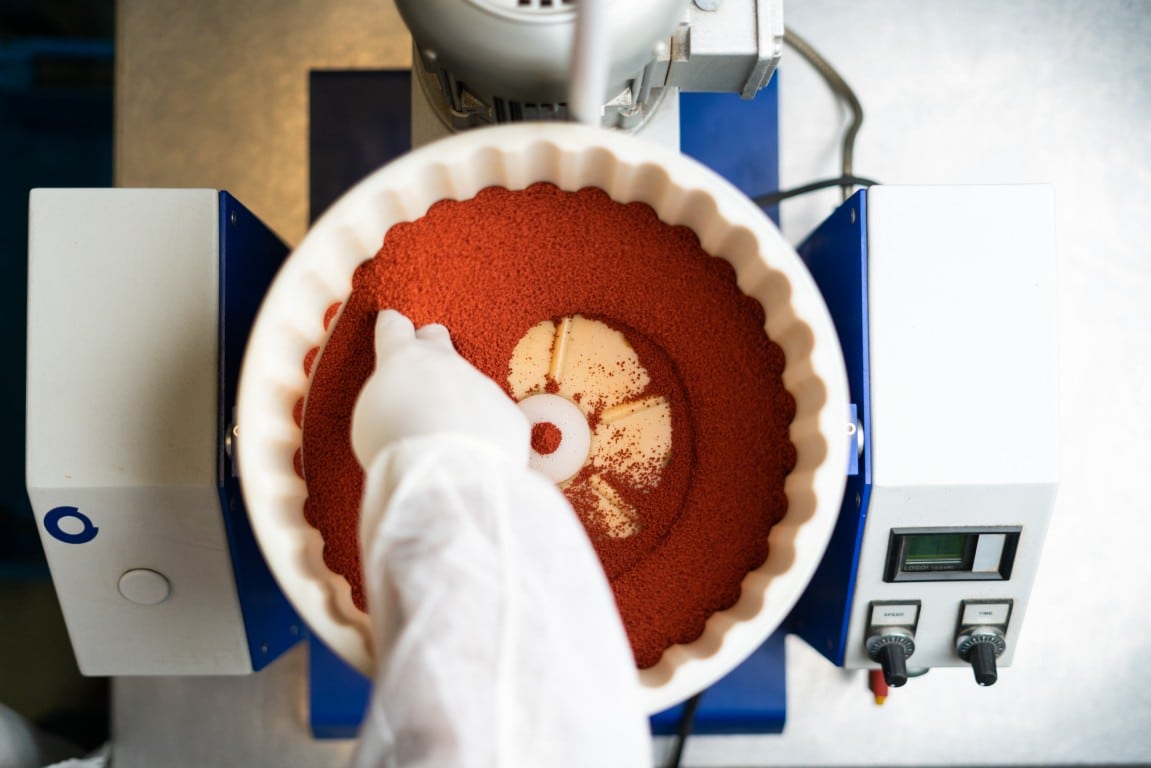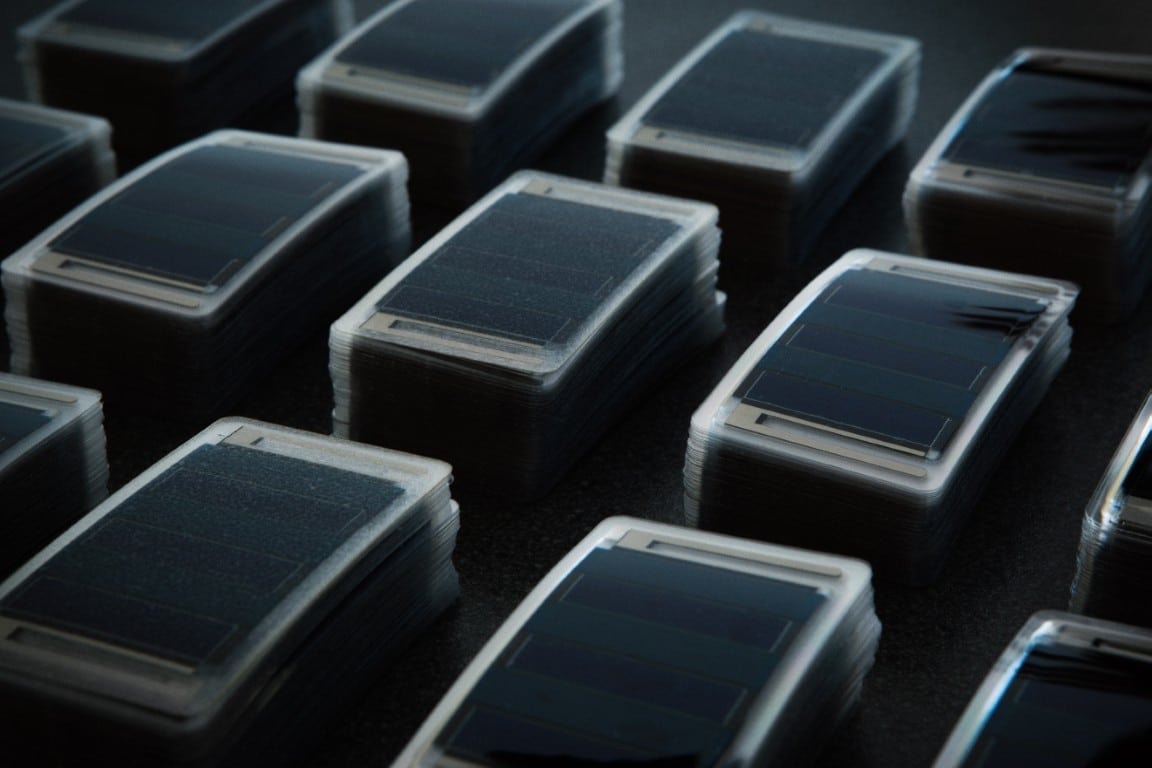Impact
Blackswan Space is a Lithuanian aerospace company that aims to make satellites and satellite operations autonomous. Using robotics combined with artificial intelligence (AI) as well as computer simulation technology, the company’s products enable effective mission planning for autonomous satellite constellations and autonomous satellite navigation in space. This in turn enables satellite repair, refuelling, collision avoidance and other use cases where human intervention is either not possible or not desired.
By Richard Pallardy
“The goal was to address the ever-growing number of objects in space. The solution was to make things as autonomous as possible.”
Klimavičius
Space is a harsh environment. Satellites must be resilient to a wide range of factors, such as intense heat and cold, high levels of radiation and mechanical damage from other objects in orbit, including micrometeoroids and space debris.
Even the most well-designed satellite technology will eventually require maintenance in order to remain functional. Most satellites simply run out of fuel and cannot continue their mission. At least 3,000 dead satellites currently orbit the Earth.
Without the technology to refuel, repair or upgrade them, they have ceased to function. Our planet is surrounded by a cloud of defunct devices and debris, relics of an age during which objects sent into space were expendable by necessity. Under the current growth rate, it is projected that there will be 60,000 to 100,000 satellites in orbit by the end of the decade.
Blackswan Space aims to make satellites more autonomous by enabling refueling, repair and collision avoidance on a large scale. Doing so requires a complex suite of digital and mechanical technology.
The company, founded in 2019 by Marius Klimavičius, is currently building and successfully commercialising the tools that will enable autonomous satellite operations, making them smarter and more manoeuvrable. This will lead to satellite operations that are more scalable and sustainable as the number of satellites in orbit rapidly increases.
Coordinating the multitude of processes required to design, operate and maintain autonomous satellites necessitates modelling of their systems and the complex physical environment they navigate. Current industry tools do not enable effective modelling, especially for smaller companies that do not have the necessary engineering resources or expertise.
Blackswan Space has stepped in with modelling and simulations software, designed in collaboration with the European Space Agency, that allows these processes to be designed and observed in a virtual environment. Their mission design simulator creates an accurate approximation of the conditions within which a satellite would operate. The mission design simulator also enables the creation of a digital twin of a satellite, allowing for crucial refinements before it is ever put in space. And once the satellite is in orbit, the digital twin can help the operators on the ground make crucial decisions by tracking it in real-time and automating tasks that previously would have been handled manually.
“Using the mission design simulator you can start generating synthetic data, mapping out different scenarios with the simulator,” says Klimavičius. “Then we can set up the same scenarios you would have in space in a physical environment using our digital-twin technology.”
Thus, complex space missions can be choreographed in three dimensions before they are executed, allowing satellite designers and operators to troubleshoot problems without consequence.
“You can see what to change straight away,” explains Klimavičius. “That helps everyone involved understand what the satellite mission would look like. Once our customers launch their satellites into space, we will be using this tool to automate some of the processes that they use to control them.”
The programme allows for three-dimensional, easy-to-understand visualisation of the space environment and the satellites themselves. Operators can thus anticipate the variables involved in executing successful automated, autonomous, or robotic manoeuvres ranging from satellite constellation management to more complex operations such as refuelling and servicing satellites and removing debris.
The seamless user interface in the mission design simulator allows for adjustment of mission parameters and simple export of data resulting from the simulations so that it can be analysed and used to train AI algorithms applied to real-life missions.
Deploying AI-enhanced algorithms tested with the mission design simulator can reduce the time of planning a mission by up to 50%.
“We use the vision-based navigation system to approach other satellites. Our customers are satellite integrators and satellite mission providers.”
Klimavičius
The ultimate goal of Blackswan Space is to deploy satellites with technology that enables fully autonomous operations in space. First though, the company is tackling the smaller, but technically challenging task of how to make satellite navigation autonomous.
The company is currently developing a vision-based navigation system. The system uses vision sensors coupled with AI-driven algorithms to identify and track other objects in space. This enables the satellite to navigate relative to other satellites or other objects while in orbit.
The vision-based navigation system has been tested in laboratory conditions using hardware-in-the-loop scenarios, accounting for real-life variables, such as glare from the sun, shadows and other irregular lighting conditions that are likely to occur in space.

Using this system, Blackswan Space is devising means by which satellites can navigate on their own, reducing the need for human intervention, especially during periods when ground control is not available.
The system may also help operators ensure the safety of their fleet. “Satellite constellation operators have a multitude of satellites in orbit,” Klimavičius says. “They want to make sure that their satellites do not hit each other or anything else.” The system will be ready for its first test in orbit by the end of 2027.
Since its inception, Blackswan Space has secured increasingly impressive funding from a variety of investors and partners.
They were among a small group of applicants selected for Luxembourg’s Fit 4 Start accelerator programme in 2021. With the assistance of Eureka’s Eurostars programme, they were able accelerate development of their vision-based navigation system.
In 2023, the company secured three contracts with the European Space Agency to assist with its development of a space robotics facility using Blackswan’s digital-twin technology. And in 2024, the company locked in 760,000 euro in a pre-seed funding round led by ScaleWolf, an accelerator and fund for defense technology, with assistance from Lemonade Stand, NanoAvionics co-founder Linas Sargautis, entrepreneur Vladas Lašas and Sandbox Ventures.

Blackswan Space plans to continue refining its technology with demo in space planned for 2027-28. It will be deployed to service legacy satellites, extending their lifespans, allowing necessary upgrades and much-needed maintenance as well as new satellite constellations substantially improving situational awareness. Some space junk may actually be resurrected.
These capabilities will become even more crucial as humanity extends its ambitions beyond low earth orbit to the moon, Mars and beyond.
Through our funding programmes, national/regional funding bodies support SMEs, large companies, universities and research organisations conducting R&D and innovation projects together beyond borders to achieve great results. Learn more about our programmes and discover whether we have a funding opportunity for your organisation.
Eureka programme and project name: Eurostars-2 VBN
Countries involved: Lithuania, Luxembourg
Project duration: 2021-2023
Got an innovative idea? Explore our funding opportunities designed to support groundbreaking projects and help turn your vision into reality.
Secure the resources you need to bring your ideas to life.
See all open calls

